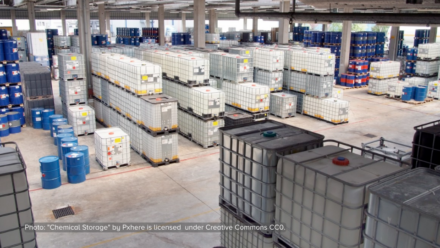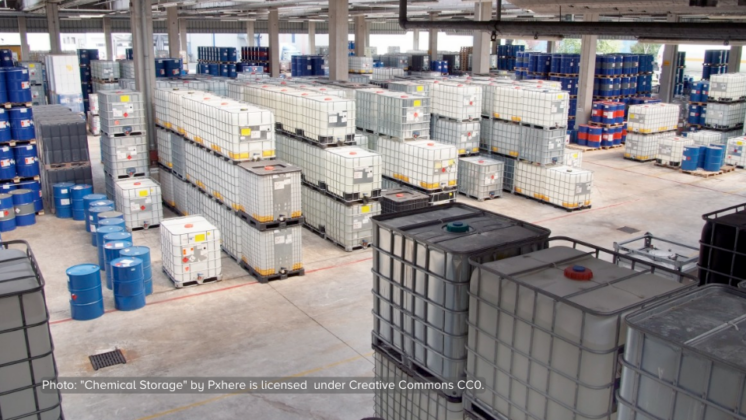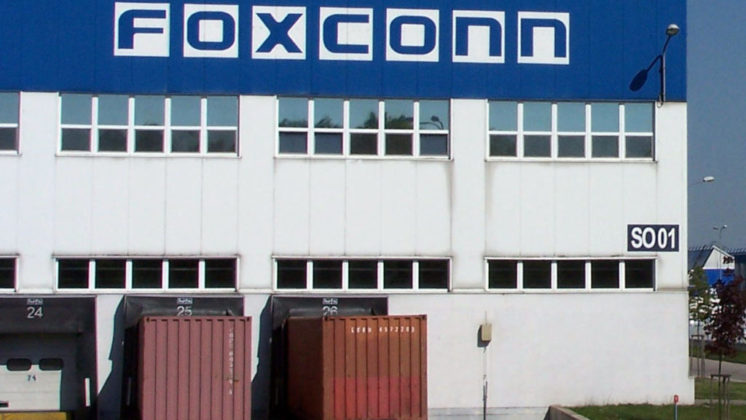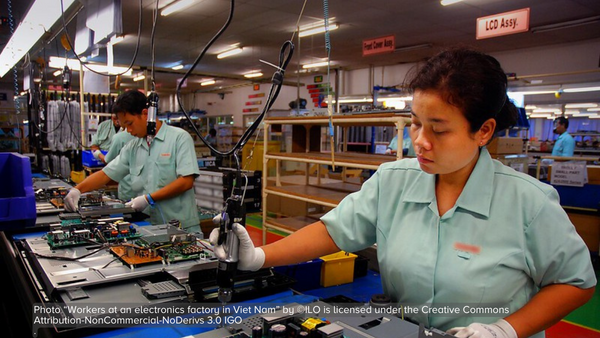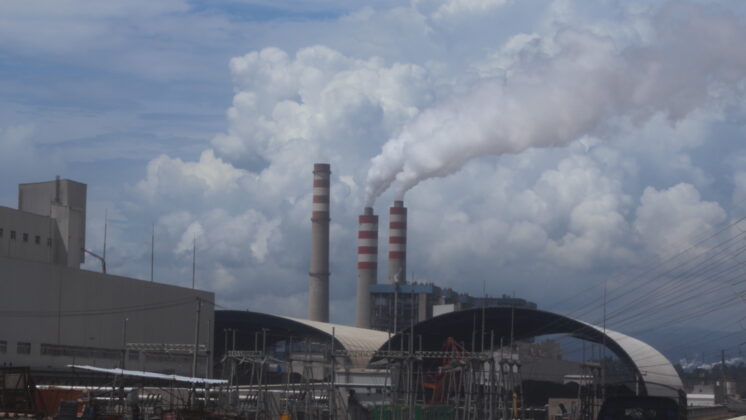The risks of slavery and human trafficking in supply chain production are significant. Anywhere from 12 to 27 million people are victims of slavery and other forms of forced labor worldwide, and more than 2.4 million of these victims have been trafficked.Slavery and trafficking can manifest themselves in many different settings and situations. It is therefore important for businesses to understand the different risk factors that can contribute to these severe forms of abuse.
The risks of slavery and human trafficking in supply chain production are significant. Anywhere from 12 to 27 million people are victims of slavery and other forms of forced labor worldwide, and more than 2.4 million of these victims have been trafficked.Slavery and trafficking can manifest themselves in many different settings and situations. It is therefore important for businesses to understand the different risk factors that can contribute to these severe forms of abuse. It is also important to recognize that social compliance efforts to-date have focused primarily on the workplace itself, and not on the paths that workers take to arrive at their jobs. Verité’s in-depth research and results from thousands of worker interviews at workplaces around the world reveal the many ways in which exploitation in recruitment and hiring can pave the way for workers to become trapped in their jobs.Workers are highly vulnerable when they are recruited into their jobs. Migrant workers especially can be deceived by the promise of high wages and good working conditions.
Common causes of vulnerability include:
- Deception – Workers are told by a recruiter (the employer or an employer’s agent) that they will receive high wages and be provided with good living conditions, but find the opposite upon arrival at the worksite.
- Debt – Workers may incur debt from paying fees to employers and recruiters for their jobs. Illegally high fees and loans taken at excessive interest rates can trap workers in a kind of bonded labor. Workers arrive at the worksite to find that wages are much lower than promised. After interest and debt repayments, these workers are often left with minimal or no income.
- Contract Substitution – Workers may be asked to sign an employment contract in a language they do not understand, or are asked to sign a new, replacement contract (with lower wages and benefits) when they start work.
- Trafficking – Workers are transported to a remote worksite away from family, friends, and any support structure, in debt and without any means to escape. Migrant workers, often from among the rural poor, may travel overseas or long distances within their own country to obtain a job.
Verité has encountered these vulnerabilities in many sectors, including electronics, garments, construction, and agriculture. Taken together or on their own, they place workers in extreme
situations of risk that can result in forced labor, coercion and human trafficking.
CASE STUDY: Benny
Benny graduated from a four-year computer school in the Philippines and was unable to find work. He borrowed money to pay a recruiter for a legal job in an IT factory in Taiwan. When Benny
got to Taiwan, he discovered that his recruitment debt had been increased by 150 percent, and his salary was half of what he was expecting. Benny worked six to seven days a week, 12
hours a day with mandatory overtime for two years. When his contract was up, he returned home having barely dug himself out of the recruitment debt.
With no savings and his family reeling from a storm that flooded their home, Benny plans to return to Taiwan to try again. This time, he says he hopes to go with an “honest” recruiter.
During Employment
Slavery and forced labor can be perpetuated at the job site when employers keep workers trapped using different mechanisms of control:
- Withholding Personal Identity Documents – Especially for foreign migrant workers, the employer may hold workers’ identity documents, making it impossible for them to cross borders or avoid being detained by authorities. In one case, Verité found that a labor broker in a Southeast Asian country told workers that if they questioned their employment conditions, he would rip up their passports and report them to the police as illegal immigrants.
- Financial Control – An employer may control workers by withholding wages until the end of a contract or until a crop is planted to prevent them from terminating employment. They may also attempt to control workers through debt (e.g., by providing advances or loans with high interest rates) or by controlling their bank accounts and withholding ATM cards.
- Physical or Sexual Abuse – Workers may be subjected to physical or sexual abuse or inhumane disciplinary practices if they question their working conditions or disobey the rules. In situations of trafficking, vulnerability to sexual abuse can be high. For example, Verité found in its research that, under the Sumangali scheme in southern India, young girls are promised a lump sum of cash as dowry money after a multi-year contract, but instead work long hours in deplorable conditions and can face threats of sexual exploitation.
- No Freedom of Movement & Housing – Workers are locked in their housing or in the workplace under strict supervision. Verité has found cases where workers are either not allowed to leave the farm or factory compound at all, or may only do so every few months with an escort. In another case, Verité found workers housed in shipping containers in a locked factory compound patrolled by pit bulls.
Each of these coercive mechanisms must be considered when attempting to detect slavery, forced labor, and trafficking in a company supply chain. Assessment measures should be adopted
or refined to ensure that auditors have the full means to detect cases of abuse, and companies should establish systematic preventive measures to guard against them. Comprehensive corrective
action strategies and systems improvement plans should also be established in the event that a case of forced labor or human trafficking is discovered in the company or supply chain.

